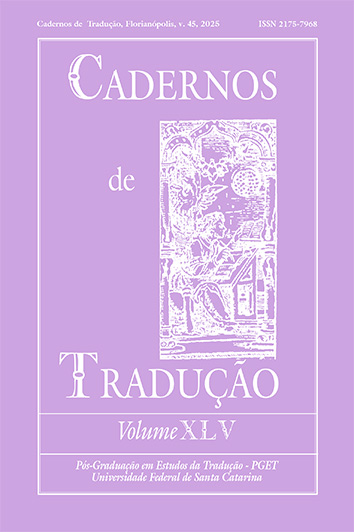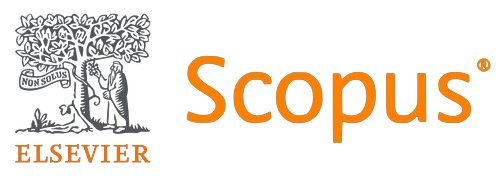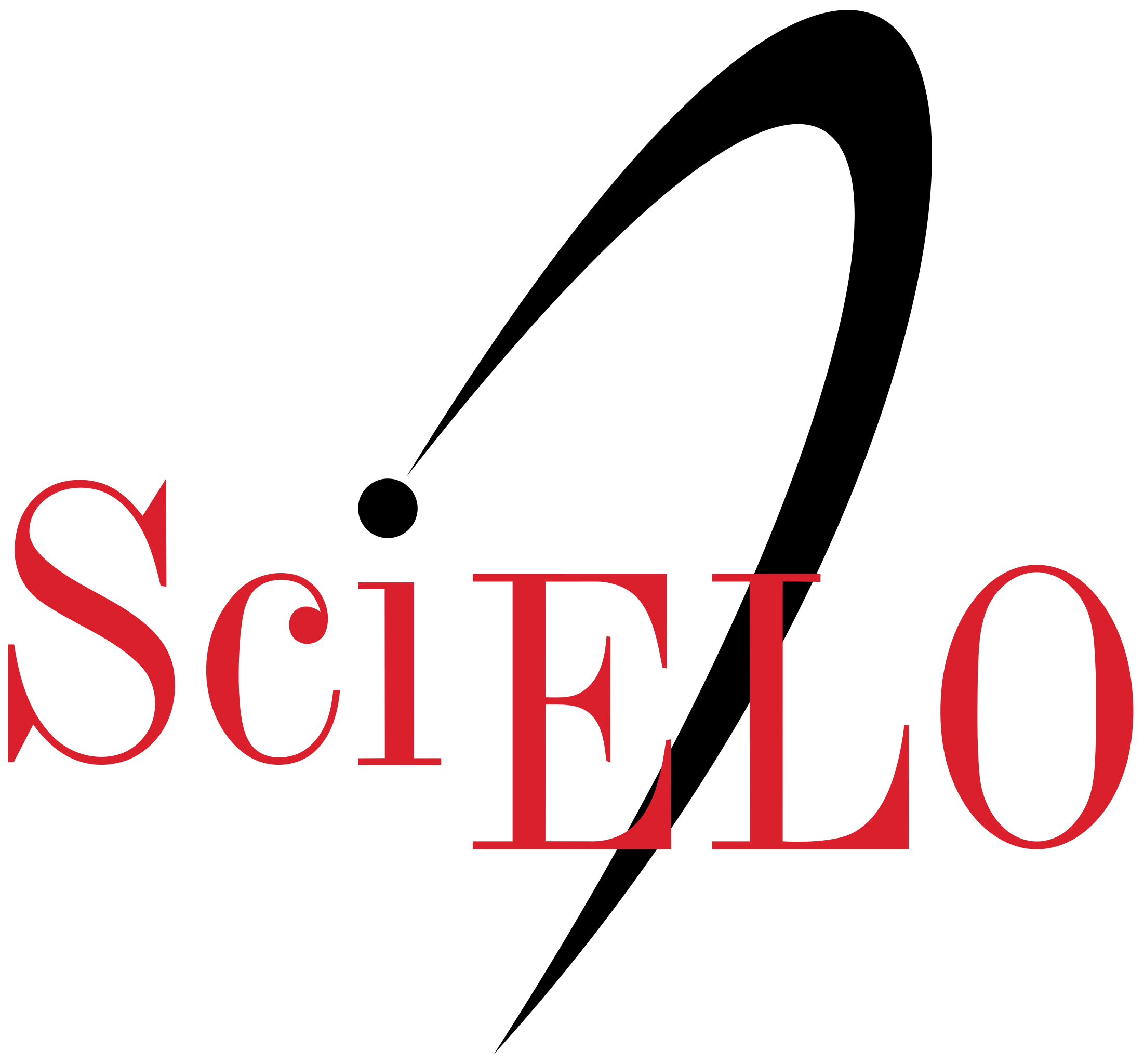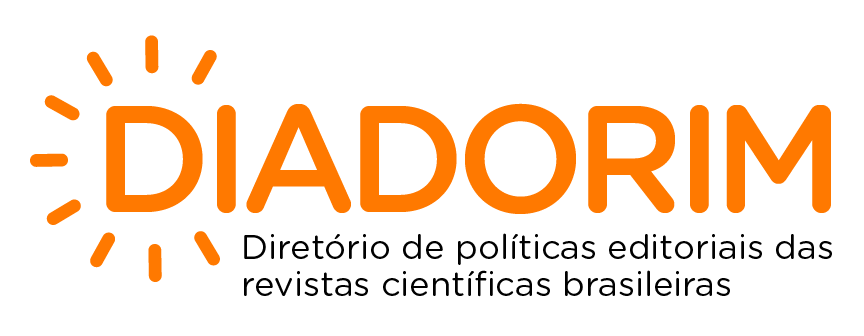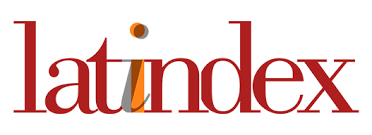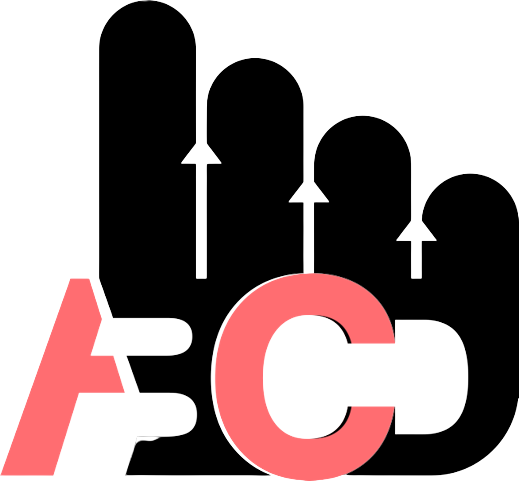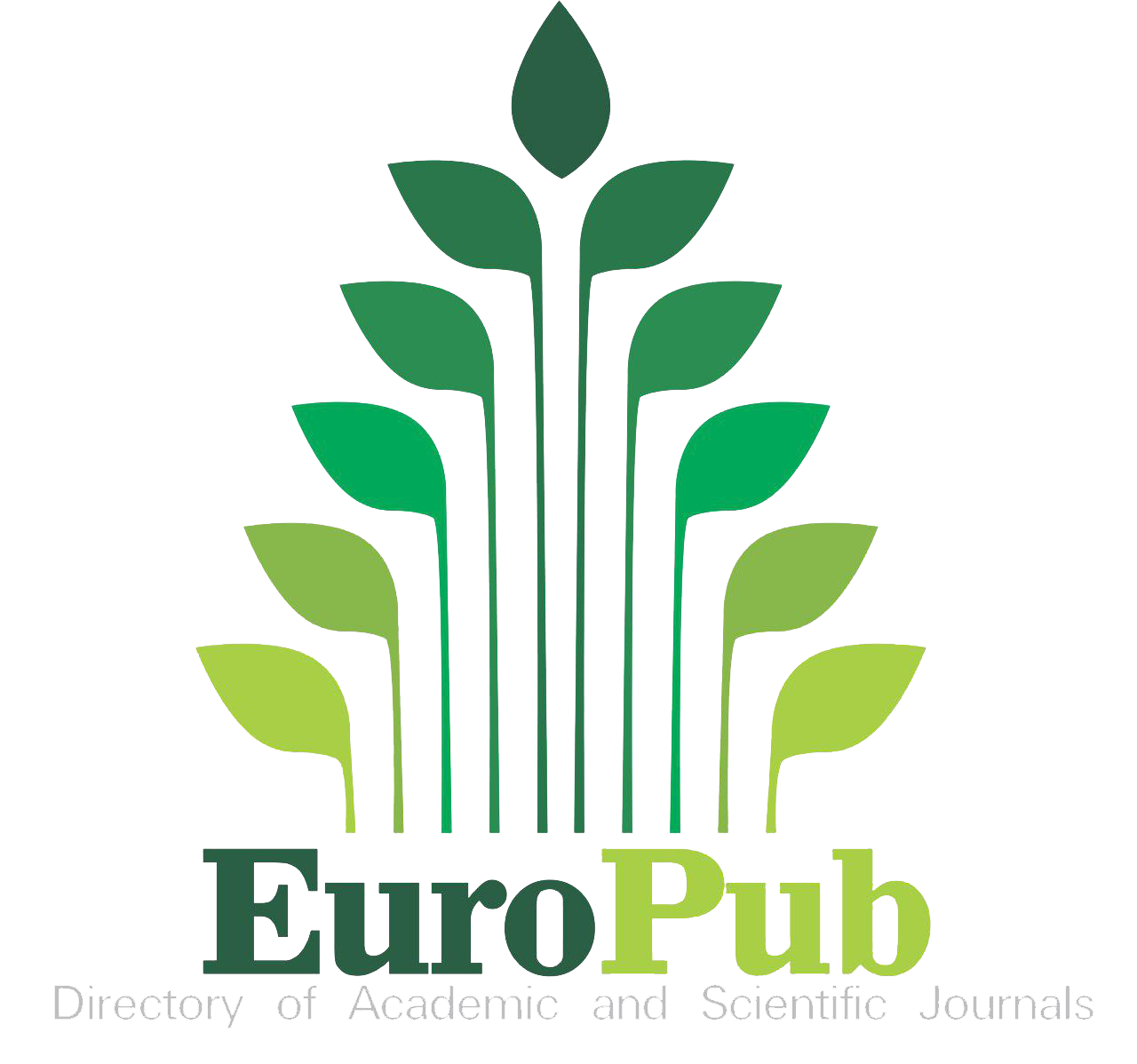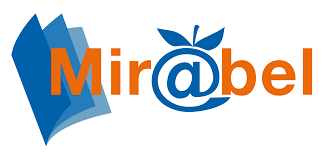"Feedback must be a two-way exchange": A qualitative study of how translation students perceive feedback
DOI:
https://doi.org/10.5007/2175-7968.2025.e100544Palavras-chave:
feedback, translation teaching, student perceptionsResumo
In this article we are interested in one of the possible modalities of feedback generated in the training of future translators at university level: the written corrective feedback (WCF) offered by teachers on students' translations. More specifically, using data obtained from two focus groups and a questionnaire, we have explored the perceptions of translation students regarding the features and usefulness of the feedback they received during their degree programme. The results show that students perceive WCF as a unidirectional transmission of information and not as a dialogical learning cycle, as the most current approaches to feedback postulate. They also call for feedback that is precise, informative, orientating and adjusted to student needs. At the same time, they believe that feedback should offer corrections without adopting a reproving tone; it should include explanations about errors in the translation; it should point to where the work successfully fulfils learning goals; and it should incorporate suggestions for improvement that can be applied in future translation tasks. The descriptive findings presented here bear on current teaching practices in the translation classroom and point to possible areas where such practices might be improved to enhance the development by students of translation competencies.
Referências
Agricola, B. T., Prins, F. J., & Sluijsmans, D. M. A. (2020). Impact of Feedback Request Forms and Verbal Feedback on Higher Education Students’ Feedback Perception, Self-Efficacy, and Motivation. Assessment in Education: Principles, Policy & Practice, 27(1), 6–25. https://doi.org/10.1080/0969594X.2019.1688764
Ajjawi, R., & Boud, D. (2017). Researching Feedback Dialogue: An Interactional Analysis Approach. Assessment & Evaluation in Higher Education, 42(2), 252–265. https://doi.org/10.1080/02602938.2015.1102863
Andújar Moreno, G., & Cañada Pujols, M. D. (2020). Modalidades de retroalimentación correctiva escrita: estudio exploratorio de prácticas docentes en el aula de traducción. Redit. Revista Electrónica de Didáctica de la Traducción y la Interpretación, 1(14), 50–72. https://doi.org/10.24310/REDIT.2020.v1i14.13726
Bailini, S. L. (2020). El feedback como herramienta didáctica para el fomento de la autonomía en la adquisición de lenguas extranjeras. Philologia Hispalensis, 34(1), 25–39. https://doi.org/10.12795/PH.2020.v34.i01.02
Beaumont, C., O’Doherty, M., & Shannon, L. (2011). Reconceptualising Assessment Feedback: A Key to Improving Student Learning? Studies in Higher Education, 36(6), 671–687. https://doi.org/10.1080/03075071003731135
Black, P., & Wiliam, D. (1998). Assessment and Classroom Learning. Assessment in Education: Principles, Policy & Practice, 5(1), 7–74. https://doi.org/10.1080/0969595980050102
Brookhart, S. M. (2014). How to Design Questions and Tasks to Assess Student Thinking. ASCD.
Brooks, C., Carroll, A., Gillies, R. M., & Hattie, J. (2019). A Matrix of Feedback. Australian Journal of Teacher Education, 44(4), 14–32. https://doi.org/10.14221/ajte.2018v44n4.2
Butler, D. L., & Winne, P. H. (1995). Feedback and Self-Regulated Learning: A Theoretical Synthesis. Review of Educational Research, 65(3), 245–281. https://doi.org/10.3102/00346543065003245
Callejo, J. (2001). El grupo de discusión: Introducción a una práctica de investigación. Grupo Planeta (GBS).
Calvo-Ferrer, J. R. (2023). Análisis de necesidades y opinión del alumnado respecto a las competencias del grado en Traducción e Interpretación en el ámbito de la traducción económica, comercial y financiera. Cadernos de Tradução, 43(1), 1–37. https://doi.org/10.5007/2175-7968.2023.e91103
Cano, E. (2015). Evaluación por competencias en educación superior. La Muralla.
Cañada Pujols, M. D., & Andújar Moreno, G. (2023). Creencias y prácticas de los docentes de traducción en torno a la evaluación: estudio exploratorio. Trans. Revista de traductología, (27), 215–231. https://doi.org/10.24310/trt.27.2023.15710
Cañada Pujols, M. D., & Andújar Moreno, G. (2024). The How and Why of Written Corrective Feedback Modalities in Translation Training. Current Trends in Translation Teaching and Learning E, 11. https://doi.org/10.51287/cttl20243
Carless, D. (2006). Differing Perceptions in the Feedback Process. Studies in Higher Education, 31(2), 219–233. https://doi.org/10.1080/03075070600572132
Carless, D. (2015). Exploring Learning-oriented Assessment Processes. Higher Education, 69(6), 963–976. https://doi.org/10.1007/s10734-014-9816-z
Carless, D. (2016). Feedback as Dialogue. In M. A. Peters (Ed.), Encyclopedia of Educational Philosophy and Theory (pp. 1–6). Springer. https://doi.org/10.1007/978-981-287-532-7_389-1
Carless, D. (2019). Feedback Loops and the Longer-term: Towards Feedback Spirals. Assessment & Evaluation in Higher Education, 44(5), 705–714. https://doi.org/10.1080/02602938.2018.1531108
Carless, D., & Boud, D. (2018). The Development of Student Feedback Literacy: Enabling Uptake of Feedback. Assessment & Evaluation in Higher Education, 43(8), 1315–1325. https://doi.org/10.1080/02602938.2018.1463354
Colina, S. (2003). Translation Teaching from Research to the Classroom. McGraw-Hill.
Conde Ruano, J. T. (2016). Positive Feedback in Translation Assessment. In C. de Léon & V. González-Ruiz, From the Lab to the Classroom and Back Again: Perspectives on Translation and Interpreting Training (pp. 155–180). Peter Lang.
Dawson, P., Henderson, M., Mahoney, P., Phillips, M., Ryan, T., Boud, D., & Molloy, E. (2019). What Makes for Effective Feedback: Staff and Student Perspectives. Assessment & Evaluation in Higher Education, 44(1), 25–36. https://doi.org/10.1080/02602938.2018.1467877
Derham, C., Balloo, K., & Winstone, N. (2022). The Focus, Function and Framing of Feedback Information: Linguistic and Content Analysis of In-text Feedback Comments. Assessment & Evaluation in Higher Education, 47(6), 896–909. https://doi.org/10.1080/02602938.2021.1969335
Dirkx, K., Joosten-ten Brinke, D., Arts, J., & van Diggelen, M. (2021). In-text and Rubric-referenced Feedback: Differences in Focus, Level, and Function. Active Learning in Higher Education, 22(3), 189–201. https://doi.org/10.1177/1469787419855208
Dollerup, C. (1994). Systematic Feedback in Teaching Translation. In C. Dollerup & A. Lindegaard (Eds.), Benjamins Translation Library (Vol. 5, p. 121). John Benjamins Publishing Company. https://doi.org/10.1075/btl.5.19dol
Duncan, N., Prowse, S., Wakeman, C., & Harrison, R. (2007). ‘Feed-forward’: Improving Students’ Use of Tutors’ Comments. Assessment & Evaluation in Higher Education, 32(3), 271–283. https://doi.org/10.1080/02602930600896498
Espasa, A., Mayordomo, R. M., Guasch, T., & Martinez-Melo, M. (2022). Does the Type of Feedback Channel Used in Online Learning Environments Matter? Students’ Perceptions and Impact on Learning. Active Learning in Higher Education, 23(1), 49–63. https://doi.org/10.1177/1469787419891307
Espasa, A., & Meneses, J. (2010). Analysing Feedback Processes in an Online Teaching and Learning Environment: An Exploratory Study. Higher Education, 59(3), 277–292. https://doi.org/10.1007/s10734-009-9247-4
Glover, C., & Brown, E. (2006). Written Feedback for Students: Too Much, Too Detailed or Too Incomprehensible to be Effective? Bioscience Education, 7(1), 1–16. https://doi.org/10.3108/beej.2006.07000004
Haro-Soler, M. M. (2017). Teaching Practices and Translation Students’ Self-efficacy: A Qualitative Study of Teachers’ Perceptions. Current Trends in Translation Teaching & Learning E, 4, 198–228.
Haro-Soler, M. M. (2022). ¿Cómo influye el (tipo de) feedback que proporciona el profesorado en las creencias de autoeficacia del estudiantado? Un estudio cuasi experimental en el aula de Traducción. Hikma, 21(1), 191–220. https://doi.org/10.21071/hikma.v21i1.13412
Haro-Soler, M. M., & Singer, N. (2022). Métodos cualitativos y mixtos en la formación de traductores: Una aproximación a las experiencias y percepciones del estudiantado. Cadernos de Tradução, 42(1), 1–27. https://doi.org/10.5007/2175-7968.2022.e82814
Hattie, J., & Clarke, S. (2018). Visible Learning: Feedback. Routledge.
Hattie, J., & Timperley, H. (2007). The Power of Feedback. Review of Educational Research, 77(1), 81–112. https://doi.org/10.3102/003465430298487
Henderson, M., Boud, D., Molloy, E., Dawson, P., Ryan, T., & Mahoney, P. (2016). Feedback for Learning Survey [Measurement Instrument]. [Dataset]. https://feedbackforlearning.org/publicationsresources/
Ho, D. G. (2006). The Focus Group Interview: Rising to the Challenge in Qualitative Research Methodology. Australian Review of Applied Linguistics, 29(1), 5–1. https://doi.org/10.2104/aral0605
Hounsell, D. (2007). Towards More Sustainable Feedback to Students. In D. Boud & N. Falchikov (Eds.), Rethinking Assessment in Higher Education: Learning for the Longer Term (pp. 101–113). Routledge.
Huertas Barros, E., & Vigier Moreno, F. J. (2010). El grupo de discusión como técnica de investigación en la formación de traductores: dos casos de su aplicabilidad. Entreculturas. Revista de Traducción y Comunicación Intercultural, (2), 181–196. https://doi.org/10.24310/Entreculturasertci.vi2.11766
Huertas-Barros, E., & Vine, J. (2019). Constructing Standards in Communities: Tutors’ and Students’ Perceptions of Assessment Practices on an MA Translation Course. In E. Huertas-Barros, S. Vandepitte & E. Iglesias-Fernández, Quality Assurance and Assessment Practices in Translation and Interpreting (pp. 245–269). IGI Global.
Hurtado Albir, A. (2019). La investigación en didáctica de la traducción. Evolución, enfoques y perspectivas. MonTI. Monografías de Traducción e Interpretación, (11), 47–76. https://doi.org/10.6035/MonTI.2019.11.2
Južnič, T. M. (2013). Assessment Feedback in Translator Training: A Dual Perspective. In N. Pokorn & K. Koskinen (Eds.), New Horizons in Translation Research and Education 1 (pp. 75–99). University of Eastern Finland.
Kimovska, S. K., & Cvetkoski, V. (2021). The Effect of Emotions on Translations Performance. Research in Language, 19(2), 169–186. https://doi.org/10.18778/1731-7533.19.2.05
Kiraly, D. (2000). A Social Constructivist Approach to Translator Education: Empowerment from Theory to Practice. Routledge.
Kiraly, D. (2014). A Social Constructivist Approach to Translator Education: Empowerment from Theory to Practice (És l’ebook; 1st ed.). Routledge. https://doi.org/10.4324/9781315760186
Kitzinger, J. (1994). The Methodology of Focus Groups: The Importance of Interaction between Research Participants. Sociology of Health & Illness, 16(1), 103–121. https://doi.org/10.1111/1467-9566.ep11347023
Krippendorff, K. (1980). Content Analysis: An Introduction to Its Methodology. SAGE.
Kulhavy, R. W., & Stock, W. A. (1989). Feedback in Written Instruction: The Place of Response Certitude. Educational Psychology Review, 1(4), 279–308. https://doi.org/10.1007/BF01320096
Li, D., Zhang, C., & He, Y. (2015). Project-based Learning in Teaching Translation: Students’ Perceptions. The Interpreter and Translator Trainer, 9(1), 1–19. https://doi.org/10.1080/1750399X.2015.1010357
Molloy, E., Dawson, P., Phillips, M., Ryan, T., Mahoney, M. P., Henderson, M., & Boud, D. (2018). Feedback for Learning: Closing the Assessment Loop – Final Report. Australian Government Department of Education and Training.
Mulliner, E., & Tucker, M. (2017). Feedback on Feedback Practice: Perceptions of Students and Academics. Assessment & Evaluation in Higher Education, 42(2), 266–288. https://doi.org/10.1080/02602938.2015.1103365
Narciss, S. (2008). Feedback Strategies for Interactive Learning Tasks. In M. J. Spector, M. P. Driscoll, M. D. Mirrell & J. van Merrienboer (Eds.), Handbook of Research on Educational Communications and Technology (pp. 125–144). Routledge.
Neunzig, W., & Tanqueiro, H. (2005). Teacher Feedback in Online Education for Trainee Translators. Meta, 50(4). https://doi.org/10.7202/019873ar
Nicol, D. (2010). From Monologue to Dialogue: Improving Written Feedback Processes in Mass Higher Education. Assessment & Evaluation in Higher Education, 35(5), 501–517. https://doi.org/10.1080/02602931003786559
Nicol, D., & Macfarlane‐Dick, D. (2006). Formative Assessment and Self‐regulated Learning: A Model and Seven Principles of Good Feedback Practice. Studies in Higher Education, 31(2), 199–218. https://doi.org/10.1080/03075070600572090
Pietrzak, P. (2017). A Methodology for Formative Assessment: Feedback Tools in the Translation Classroom. Kwartalnik Neofilologiczny, 64(1), 66–80.
Pitt, E., & Norton, L. (2017). ‘Now that’s the Feedback I Want!’ Students’ Reactions to Feedback on Graded Work and What They Do with It. Assessment & Evaluation in Higher Education, 42(4), 499–516. https://doi.org/10.1080/02602938.2016.1142500
Rae, A. M., & Cochrane, D. K. (2008). Listening to Students: How to Make Written Assessment Feedback Useful. Active Learning in Higher Education, 9(3), 217–230. https://doi.org/10.1177/1469787408095847
Rojo, A., & Ramos Caro, M. (2016). Can Emotion Stir Translation Skill? Defining the Impact of Positive and Negative Emotions on Translation Performance. In R. Muñoz Martín (Ed.), Benjamins Translation Library (Vol. 128, pp. 107–130). John Benjamins. https://doi.org/10.1075/btl.128.06roj
Séguinot, C. (1991). A Study of Student Translation Strategies. In S. Tirkkonen-Condit (Ed.), Empirical Research in Translation and Intercultural Studies (pp. 79–88). Narr.
Tai, J., Ajjawi, R., Boud, D., Dawson, P., & Panadero, E. (2018). Developing Evaluative Judgement: Enabling Students to Make Decisions about the Quality of Work. Higher Education, 76(3), 467–481. https://doi.org/10.1007/s10734-017-0220-3
Tapia, S. M. (2016). Correcciones en lengua: Modos de intervención docente en los textos escritos por los alumnos. Bellaterra Journal of Teaching & Learning Language & Literature, 9(3), 69–84. https://doi.org/10.5565/rev/jtl3.640
Tsai, S.-C. (2022). Chinese Students’ Perceptions of Using Google Translate as a Translingual CALL Tool in EFL Writing. Computer Assisted Language Learning, 35(5–6), 1250–1272. https://doi.org/10.1080/09588221.2020.1799412
Wang, K., & Han, C. (2013). Accomplishment in the Multitude of Counsellors: Peer Feedback in Translation Training. Translation & Interpreting, 5(2), 62–75. https://doi.org/doi:10.12807/ti.105202.2013.a05
Washbourne, K. (2014). Beyond Error Marking: Written Corrective Feedback for a Dialogic Pedagogy in Translator Training. The Interpreter and Translator Trainer, 8(2), 240–256. https://doi.org/10.1080/1750399X.2014.908554
Way, C. (2019). Fostering Translator Competence: The Importance of Effective Feedback and Motivation for Translator Trainees. InTRAlinea, Special Issue: New Insights into Translator Training.
Winstone, N. E., Nash, R. A., Parker, M., & Rowntree, J. (2017). Supporting Learners’ Agentic Engagement with Feedback: A Systematic Review and a Taxonomy of Recipience Processes. Educational Psychologist, 52(1), 17–37. https://doi.org/10.1080/00461520.2016.1207538
Downloads
Publicado
Como Citar
Edição
Seção
Licença
Copyright (c) 2025 Cadernos de Tradução

Este trabalho está licenciado sob uma licença Creative Commons Attribution 4.0 International License.
Autores têm autorização para assumir contratos adicionais separadamente, para distribuição não exclusiva da versão do trabalho publicada nesta revista (ex.: publicar em repositório institucional ou como capítulo de livro, com reconhecimento de autoria e publicação inicial nesta revista).

